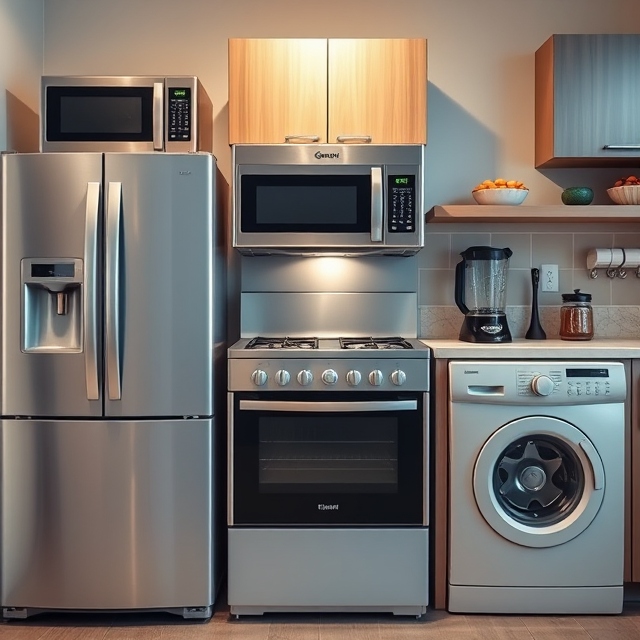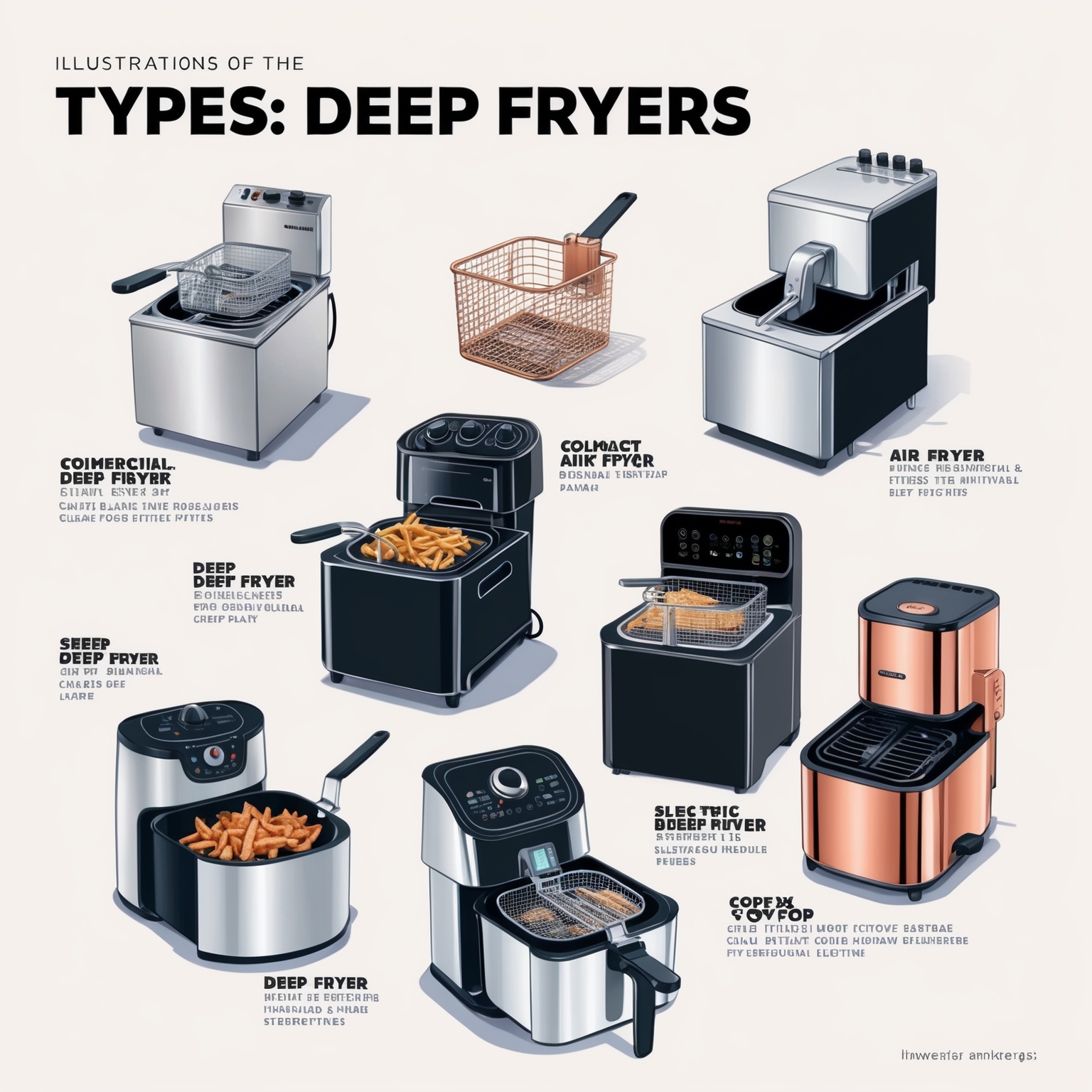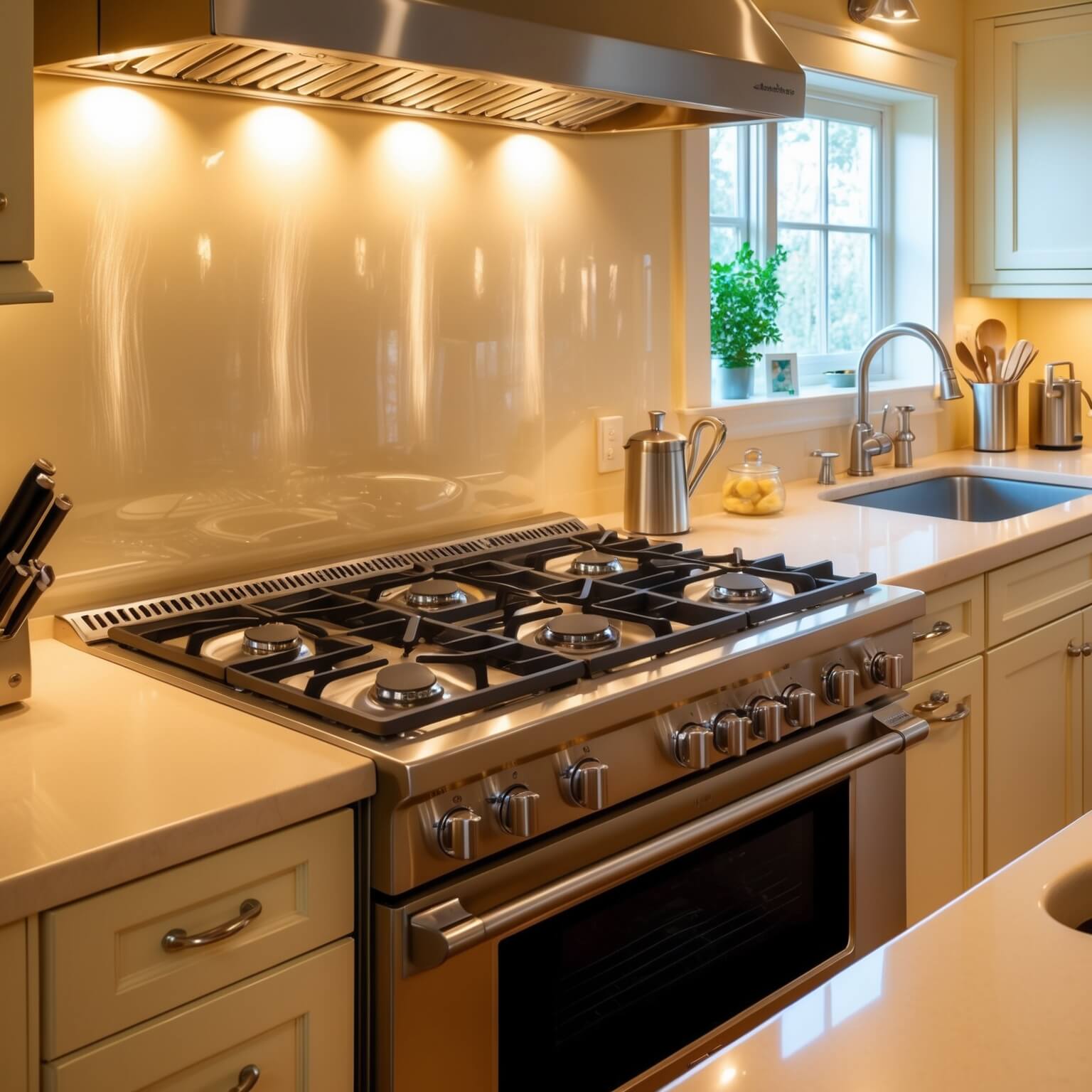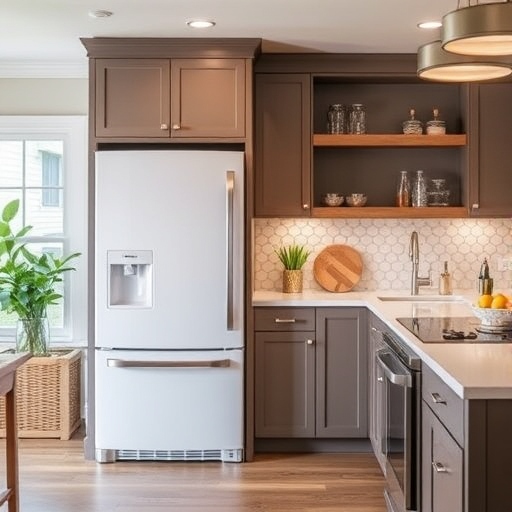Your kitchen appliances are the unsung heroes of great homes. They cut down on time, guarantee delectable meals, and let your day-to-day routines run smoothly. But when they break, everything can come to a stop. that is why you need to know How to Troubleshoot Kitchen Appliance Issues.
The good news? Most appliance problems can be solved with simple troubleshooting that doesn’t demand a technician’s expertise. From a malfunctioning fridge to a microwave that has lost its will to live, here, we take you through the common issues faced with kitchen appliances and how to fix them.

Refrigerator Problems
Being able to rely on the refrigerator is essential for keeping food fresh and safe. But when it doesn’t work, it can be stressful. Here’s what to check on by following guide to troubleshoot Kitchen Appliance Issues
Check the Power Supply
Make sure the fridge is plugged in, and the outlet works. Power to the fridge can also be when a breaker is tripped sometimes.
Inspect Door Seals
Damaged or faulty seals can admit warm air to the fridge, causing the motor to run too hot and undermine the cooling process. Feel along the door seals for cracks or loosened sections. Replace seals if necessary.

Modify the Temperature Settings
If your fridge or freezer isn’t cooling enough, make sure the temperature settings are correct. The target: 37°F (3°C) for the fridge and 0°F (−18°C) for the freezer.
Clear Blockages in Vents
Obstructed air vents can impede airflow, leading to uneven cooling. Make sure vents are clear of any objects that can potentially block them and allow for circulation inside.
Oven and Stove Issues
When your oven or stove stops working properly, cooking becomes a pain. Here are some simple fixes to try before you call a repair person.
Verify Power Connection
Make sure your appliance is plugged in properly. For gas stoves, check that the gas supply is open.
Check for Faulty Burners
If one or more electric stove burners won’t heat, you could have damaged coils or loose connections. The faulty burner should be replaced to come up with a solution to the problem.

Inspect Oven Door Seals
An oven door that is not properly sealed can let heat escape, which in turn can affect cooking times and cause uneven baking. Replace broken gaskets to avoid loss of heat.
Clean Igniter and Burners
On gas stoves, dirt and grease can gum up burners or obstruct the igniter, preventing the flame from lighting. Scrub them clean using a brush and soapy water.
Dishwasher Dilemmas
A dishwasher is a dish-drying time-saver, but when it fails, the growing pile of dishes can feel unprecedented. Here’s how to fix common problems.
Ensure Well Connection
Check whether the dishwasher is connected to the water supply. Without being fed water its going to be ineffective.
Examine and Clean Filters
Food particles can clog filters, directly affecting cleaning performance. Take them out and wash them with running water.
Check Spray Arms for Clogs
Spray arms ensure an even hiss of water will reach the dishes. If they’re gummed up with bits of food, clear them out well.
Inspect Door Latch and Seals
Keen eye for detail then what on earth do you expect? Also, renew old or torn seals to avoid leaks.
Microwave Mishaps
Microwaves are essential kitchen appliances, but they’re sensitive ones. A little troubleshooting can solve some problems.
Verify the Power Source
Check that the microwave is plugged in and the outlet works. If you’re not sure, test the outlet with another appliance.
Reset After a Power Surge
A power surge can also reset microwave settings. Unplug the microwave for a minute or so then plug it back in to perform a reset.

Check Door Switches
If the door isn’t closed or the switches aren’t aligned, microwaves won’t function. A thorough inspection and slight adjustment if necessary makes this right.
Clean the Interior
Kitchen interiors that are greasy or dirty can hurt cooking efficiency and cause uneven heating. Use a damp cloth and light detergent to wipe the inside regularly.
Washer and Dryer Troubles
If you do your laundry in the kitchen too, washer and dryer problems can be another headache. Common problems and fixes are below.
Check Power and Connections
Make sure both of your machines are plugged in, and powered. Check hoses to confirm they’re properly connected, and free of kinks or obstructions.
Inspect Door Locks
Washers and dryers frequently won’t function if the doors are not fully latched. Test the door locks and latches and adjust if needed.
Clean the Lint Filter
Lint filters that become clogged in dryers can lead to longer drying times or can be a fire hazard. Clean these with every load.

Clear Dryer Vents
Obstructed vents cause air to flow less freely, hindering effective drying and increasing safety hazards. Use a vent brush or vacuum to clear the lint buildup.
Make sure your kitchen keeps running smoothly
With these tips for troubleshooting Kitchen Appliance Issues under your belt, you’ll know how to handle these frustrating malfunctions when they arise. Most of these issues can be resolved in no time and with minimal effort.
But with proper maintenance, you can ensure your appliances function well and last longer. Also, clean out filters, seals and vents regularly, and fix minor problems when they come up so you avoid a larger repair bill later.
If you try these tips to troubleshoot Kitchen Appliance Issues and still can’t fix the problem, it could be time to get a professional involved. Well-functioning appliances are a joy in the kitchen and a headache saved.
FAQ
A kitchen appliance is any electrical or mechanical device used to assist in cooking, food storage, or kitchen tasks, such as refrigerators, ovens, microwaves, and dishwashers.
To test an appliance:
Check the power source (outlet, circuit breaker).
Inspect the wiring and plugs for damage.
Use a multimeter to check for continuity and voltage.
Run a function test to observe any issues.
Identify the problem (no power, unusual noise, leaks, etc.).
Check power supply and connections (reset breakers, replace fuses).
Inspect components (burnt wires, loose parts, clogged filters).
Refer to the user manual for diagnostic steps.
Test with another outlet or power source to rule out electrical issues.
The first step is to check the power source ensure the appliance is plugged in, the outlet is functional, and the circuit breaker hasn’t tripped.
If multiple kitchen appliances stop working:
Check the main circuit breaker for a tripped switch.
Test the power outlet with another device.
Inspect GFCI outlets (press the reset button).
Look for signs of electrical failure in your home’s wiring.








